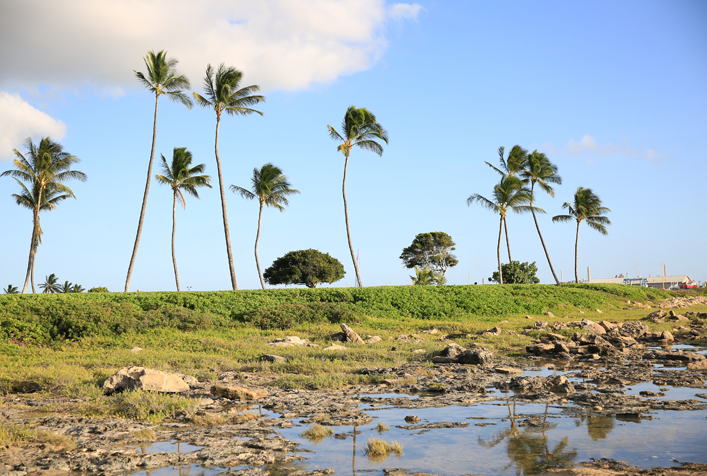Stakeholder Engagement and Data Analysis for Functional Equivalency Policy in Hawaii

Project Brief
The Challenge
In 2020, the Supreme Court issued a ruling in the County of Maui v. Hawaii Wildlife Fund case. The ruling clarified the necessity, under certain conditions, for entities to obtain a National Pollutant Discharge Elimination System (NPDES) permit if they discharge pollutants through a point source to groundwater that subsequently reaches a “water of the United States.” This decision mandates that states must, in these cases, issue NPDES permits to facilities that were previously not regulated under the NPDES program. The ruling created two potential challenges for the State of Hawaii. The state will need to provide NPDES permit coverage for potentially thousands of new discharges subject to these regulations, and the regulated community may need to significantly upgrade infrastructure to comply with the new standards. To address these challenges, Hawaii’s Department of Health (HDOH) enlisted ERG to conduct a series of workshops to educate stakeholders about this ruling and engage them in developing a policy to manage these new requirements in a manner that will protect the environment, meet regulatory requirements, and meet stakeholder needs and expectations.
ERG's Solution
Between May and September 2024, ERG held five stakeholder meetings with members of the regulated community, potentially impacted entities and local governments, environmental groups, and members of the local community. ERG facilitated these meetings and also presented educational materials necessary to understand the full scope of the challenge, provided subject matter experts to guide the conversation and respond to technical questions, and gathered stakeholder input and feedback. We then worked with DOH to consolidate the feedback in a manner that could be implemented in policy. We also analyzed data to help DOH evaluate the magnitude of the ruling’s impact on the regulated community, and to assess how the ruling would impact ground- and surface water quality. Our support was instrumental in establishing a starting point for DOH’s implementation of NPDES regulations on a newly identified class of surface water discharger, including implementation of criteria and permit requirements to protect water quality.
Client
Hawaii Department of Health